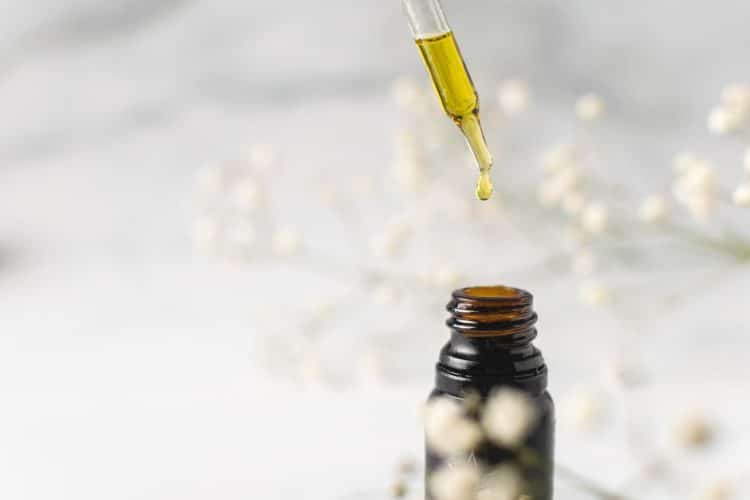The majority of techniques used to extract cannabidiol (CBD) from hemp involve the use of solvents. Nowadays one of the most common method for extracting CBD rely on supercritical carbon dioxide (CO2). Supercritical fluids are somewhere between liquid and gas states. The “critical point” of CO2, the point above which it reaches the supercritical state, is 31 °C and 1,070 psi. [1]
To extract CBD, hemp is placed in a vacuum chamber/extractor, which is then filled with CO2. When pressure is applied to the chamber, the CO2 turns to liquid, and this liquid absorbs the hemp constituents, including CBD. CO2 is then removed from the extract releasing the pressure and it is then recicled and recondensed to be used again for another extraction. Although this process is safe and produces good yields of CBD, the remaining CBD is often not alcohol free if the process is preformed with a co-solvent like ethanol. The resulting CBD containing extract can be further refined to create CBD isolate or distillate. In general it is important to avoid solvent residues in the final extract because these could be harmful if above the safe limits and could reduce the overall product quality.
Other ways of extracting CBD include using liquid solvents. Hemp can be directly placed in solvents like ethanol, methanol, isopropyl alcohol, heptane, acetone or mixtures of them among others. Usually the solvents are evaporated off through rotary-evaporators and different temperature applications depending on the used solvent: the application of vacuum reduces the solvents boiling points and the rotation increases the surface area of the solvent improving the evaporation rate. [2] Each cannabis constituent has a different boiling point that is usually higher than the one of the solvent used to extract them. The boiling point of CBD is rated to be between 160 and 180 °C, while most solvents have boiling points between 56.05 °C (acetone) and 98 °C (heptane). [2] Maintaining such a large degree of difference in boiling points helps ensure that the desired product does not evaporate off or it is damaged during extraction.
References:
[1] Span, R et al. (1996). “A New Equation of State for Carbon Dioxide Covering the Fluid Region from the Triple Point Temperature to 1100 K at Pressures up to 800 MPa”. Journal of Physical and Chemical Reference Data. 25 (6): 1509–1596. [Journal impact factor = 5.048 ] [times cited = 4993]
[2] Northwest Scientific, Inc. Technical data of cannabinoids extraction – nwsci.com. https://www.nwsci.com/customer/docs/SKUDocs/RMR/Technical%20Data_Extractions_03.28.18.pdf.
Image: https://unsplash.com/photos/Qd37vTyByBs











